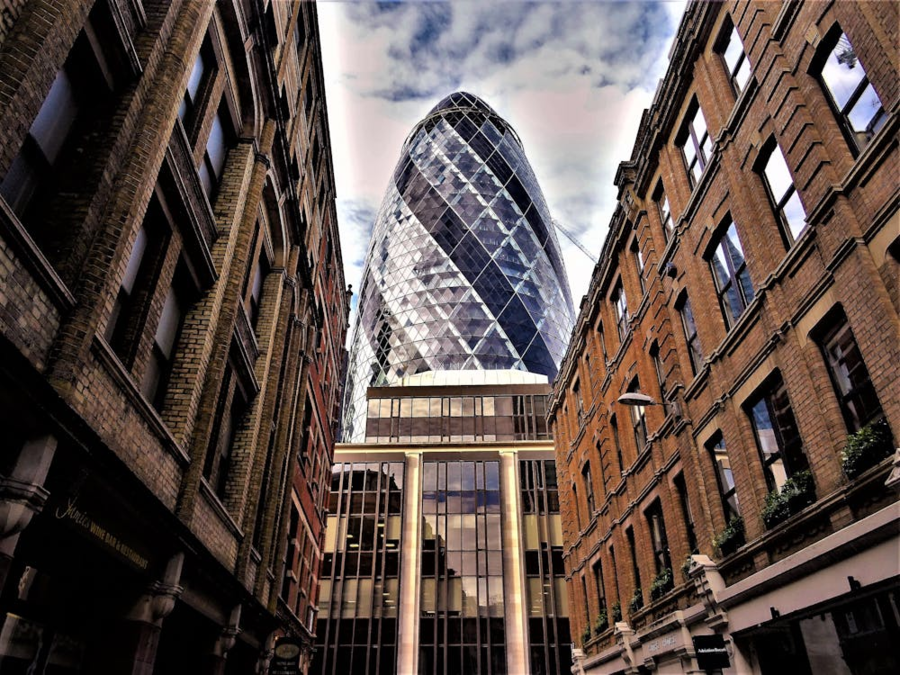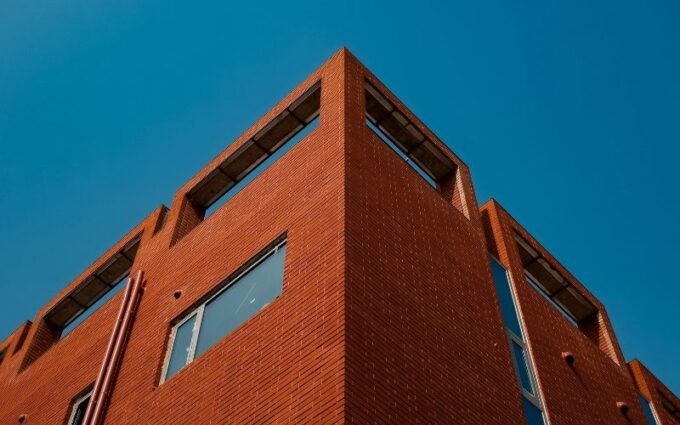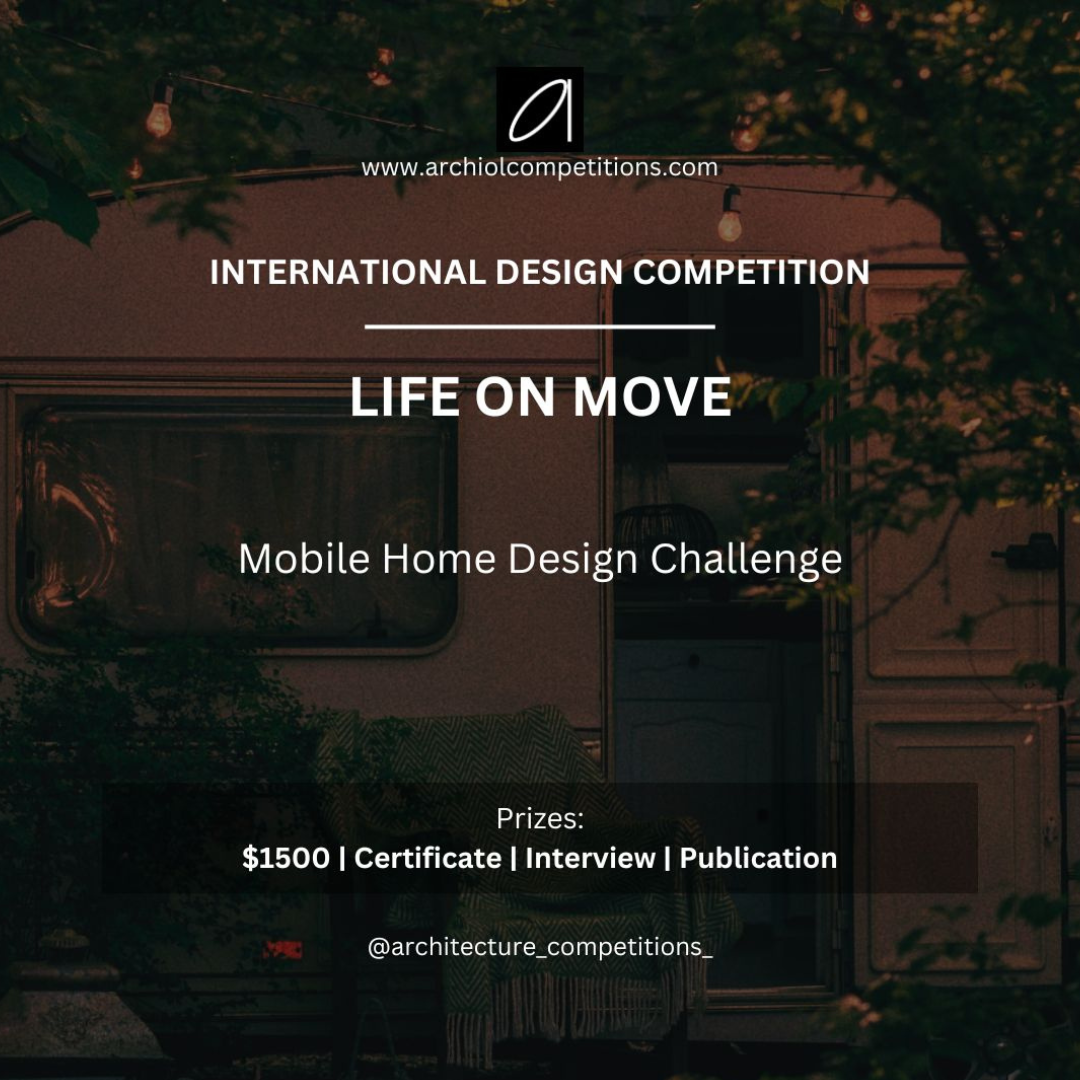- Home
- Articles
- Architectural Portfolio
- Architectral Presentation
- Inspirational Stories
- Architecture News
- Visualization
- BIM Industry
- Facade Design
- Parametric Design
- Career
- Landscape Architecture
- Construction
- Artificial Intelligence
- Sketching
- Design Softwares
- Diagrams
- Writing
- Architectural Tips
- Sustainability
- Courses
- Concept
- Technology
- History & Heritage
- Future of Architecture
- Guides & How-To
- Art & Culture
- Projects
- Interior Design
- Competitions
- Jobs
- Store
- Tools
- More
- Home
- Articles
- Architectural Portfolio
- Architectral Presentation
- Inspirational Stories
- Architecture News
- Visualization
- BIM Industry
- Facade Design
- Parametric Design
- Career
- Landscape Architecture
- Construction
- Artificial Intelligence
- Sketching
- Design Softwares
- Diagrams
- Writing
- Architectural Tips
- Sustainability
- Courses
- Concept
- Technology
- History & Heritage
- Future of Architecture
- Guides & How-To
- Art & Culture
- Projects
- Interior Design
- Competitions
- Jobs
- Store
- Tools
- More
How Architectural Symbols Can Inspire Today’s Creative Professionals

Architectural symbols hold a unique power. They aren’t just buildings and structures; they represent values, history, and ideas that transcend their physical form.
Take The Gherkin in London. Its curved design doesn’t just stand out visually—it’s a marvel of sustainable architecture, using its structure to reduce energy use while reflecting modernity and innovation.
Similarly, New York’s One World Trade Center is much more than a towering skyscraper. Rising from the ashes of 9/11, it embodies resilience and hope through its bold height and reflective façade.
Then there’s Paris’s Eiffel Tower—a once-controversial structure that became an enduring symbol of progress during the industrial era.
These iconic structures do more than dominate skylines—they inspire creativity across industries by connecting function with deeper meaning.
How can today’s creative professionals draw from such architectural symbolism? Let’s find out.
Table of Contents
ToggleUsing Structure to Evoke Emotion
Architectural structures often communicate emotion through their form.
Consider the Sydney Opera House—its sweeping, sail-like design suggests movement and creativity, reflecting its purpose as a cultural hub.
Similarly, the Gateway Arch in St. Louis uses its bold curve and towering height to symbolize expansion and limitless opportunity.
These examples show how structure can tell a story or elicit emotional responses.
For today’s architects, symbolism within form is a tool for creating deeper connections. A dramatic arch might symbolize triumph or welcome, and jagged lines could reflect tension or energy, for example.
By approaching structural choices with intention, professionals can elevate their work beyond function into spaces that resonate emotionally with users, building not just environments but experiences rich in symbolic meaning.
Harnessing Texture and Material as Creative Cues
In architecture, material choices often carry symbolic weight.
The use of marble in historic buildings suggests permanence and prestige, for instance, while exposed concrete conveys raw modernity.
Glass can symbolize transparency and openness. Rough materials evoke earthiness or resilience. And polished surfaces might reflect innovation or luxury.
This principle parallels other creative fields. For instance, black diamond jewelry symbolizes strength and elegance through its unique appearance, a principle architects can draw from when selecting textures to enhance their designs. (You may want to check out black diamond rings for inspiration.)
By viewing materials as storytelling tools rather than mere construction elements, architects gain the opportunity to infuse spaces with emotional meaning—transforming structures into rich narratives that resonate deeply with those who interact with them.

Drawing Inspiration from Architectural Harmony
Harmony in architecture goes beyond visual balance. It’s about creating unity between a structure and its environment.
Think of Fallingwater by Frank Lloyd Wright, where the house blends seamlessly with the surrounding forest and waterfall. Its design reflects harmony between nature, functionality, and human experience.
For architects today, this approach offers valuable lessons. Incorporating symmetry or aligning designs with natural surroundings can create spaces that feel intentional and calming.
Even asymmetry can evoke harmony when balanced thoughtfully across elements like color, shape, or material.
Architectural harmony isn’t just aesthetic—it communicates ideas of connection and coexistence.
By designing spaces that embrace these principles, professionals foster environments that inspire creativity while grounding their work in symbolic meanings tied to balance and unity.
Exploring Symbolism Through Scale and Size
The scale of a structure speaks volumes.
Large-scale designs often symbolize power or ambition, like the Burj Khalifa in Dubai—a towering achievement representing human progress and innovation.
Meanwhile, smaller structures can convey intimacy or focus, as seen in minimalist pavilions that invite quiet reflection.
Architects can use size strategically to evoke meaning. A massive atrium might inspire awe or openness, while compact spaces encourage closeness and community. The interplay between scale and function transforms physical dimensions into symbolic statements.
Symbolism through scale isn’t about bigger being better—it’s about what the size represents within its context.
For modern architects, considering how proportions reflect purpose helps create designs that not only fulfill practical needs but also communicate deeper narratives through their dimensions.
Shaping Ideas Through Spatial Layouts
The way spaces are arranged influences how people interact with and feel within them. Open-plan layouts, like those in many modern museums, encourage exploration and a sense of freedom.
On the other hand, enclosed or segmented spaces create privacy, focus, or intimacy—perfect for libraries or chapels.
Spatial symbolism can guide architects in designing meaningful environments.
A central courtyard might symbolize community and connection, while layered spaces suggest progression or discovery.
And think of traditional Japanese teahouses—carefully arranged paths leading to small rooms evoke tranquility and mindfulness.
By treating spatial layout as more than practical organization, architects craft experiences that convey emotion and intent. Thoughtful arrangement allows professionals to imbue their designs with symbolic depth that resonates long after the space is built.
Utilizing Iconic Geometry in Modern Design
Geometric shapes hold powerful symbolic meaning.
The triangle, for instance, represents stability and strength. Circles suggest unity and infinity, as reflected in designs such as the Great Dome of Florence Cathedral. Architects throughout history have used geometry to convey timeless messages.
In modern architecture, geometric symbolism continues to inspire innovation.
Think of hexagonal patterns in sustainable designs—echoing nature’s efficiency found in honeycombs—or angular forms that evoke dynamism and progress.
Incorporating these shapes intentionally allows architects to communicate purpose through form.
For today’s professionals, exploring bold geometries offers endless creative opportunities.
Whether reinforcing themes of balance or emphasizing forward-thinking design ideals, geometry serves as a universal language that adds layers of meaning beyond aesthetics alone.
Incorporating Cultural Significance into Creative Work
Lastly, architecture often serves as a reflection of cultural identity. Structures like the Taj Mahal in India, with its intricate detailing and symmetry, symbolize love and legacy. Similarly, traditional Islamic architecture uses repeating patterns to reflect unity and spirituality.
For modern architects, incorporating cultural symbolism offers opportunities to connect design with deeper heritage.
Local materials or motifs can ground a building in its environment. For example, using indigenous patterns on façades can honor regional traditions while modernizing their presentation.
This practice isn’t about replicating the past—it’s about reinterpreting it meaningfully.
By embedding cultural significance into their work thoughtfully and respectfully, today’s professionals can ensure that their designs resonate both emotionally and contextually for those who experience them.
The Takeaway
Architectural symbolism transforms designs into narratives. By embracing emotion, harmony, materiality, and cultural significance, today’s architects can create inspiring spaces that connect deeply with people and stand as enduring expressions of meaning.
illustrarch is your daily dose of architecture. Leading community designed for all lovers of illustration and #drawing.
Submit your architectural projects
Follow these steps for submission your project. Submission FormLatest Posts
Procreate vs Photoshop: Should Architects and Designers Use Them for Architecture Work?
Procreate vs Photoshop for architects: see when to sketch on iPad and...
A Beginner’s Guide to Using Heat Pumps
Understanding home heating and cooling can be confusing, especially if you’re starting...
HEALING GARDENS – Designing Spaces for Wellness and Reflection
This competition challenges architects and landscape designers to envision gardens as therapeutic...
How to Help Kids Improve Their Studying Habits
Helping children develop good study habits can be difficult, especially with so...












Leave a comment